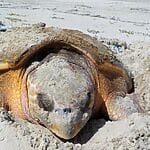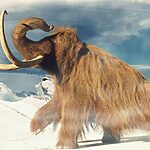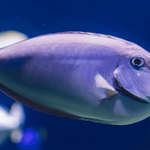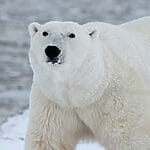11 Common Dangerous Animals in Ireland (Deadly Wild Animals!)
When exploring the lush landscapes of Ireland, one rarely expects to encounter dangerous wildlife. Yet, while Ireland is largely free from predatory beasts, it harbours other forms of wildlife that can pose unexpected threats.
From the Irish hare and northern bearded chameleon to the rare appearances of exotic jellyfish on its shores, the risks, although minor, are real.
This article will explore the details of dangerous animals in Ireland, focusing on how these seemingly small threats can impact your experience. We’ll explore both the common nuisances and the rare, more dangerous encounters to give you a comprehensive understanding of what to watch out for.
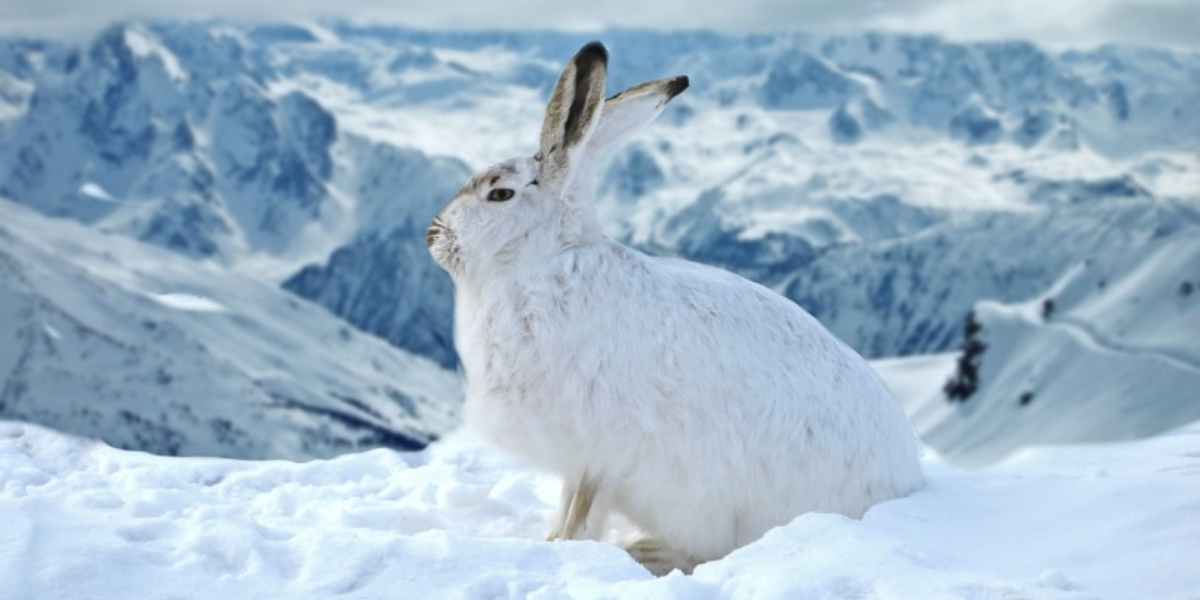
Native Snake Species in Ireland
Even though snake species have reached Britain, no snake species exist in Ireland, and there are no recorded fossils of snakes in the country.
Places to Watch Out from Common Dangerous Animals in Ireland
While Swimming in the sea, certain species of jellyfish release tiny cell balls when triggered, which sting everything in their path. The sting of jellyfish, in certain instances, can result in excruciating pain and, in severe instances, death. As you swim in Ireland waters, ensure no encounter is made with jellyfish as you endanger not only your life but those of other swimmers.
Did you know? A license has been needed to own an animal specified under the Dangerous Wild Animals order since 2006. The USPCA does not approve the keeping of exotic animals as pets, regardless of their legal status.
Native Birds and Interesting Animals in Ireland
Native Birds with over 450 species of birds reside on this island country, most of which fly through on migratory journeys.
Ireland’s geographically isolated location makes it a unique and favorable habitat for a other species of bird. Bird watching has become a favorite hobby of the locals – and Ireland is a premiere destination for birders worldwide.
11 Common Dangerous Animals in Ireland You must know about
The Conger Eel
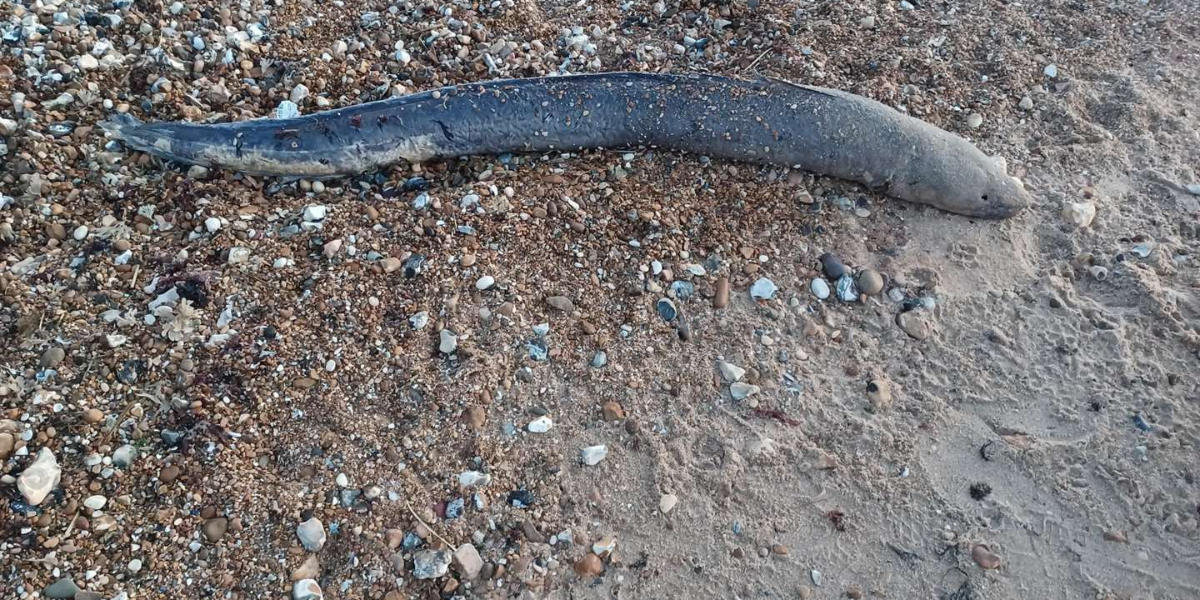
The European Conger eel ( Conger conger ) is the largest eel in the world – it grows up to 3m in length and weighs up to (or even more) than 110kg. Like all eels, it has an elongated and strong body – dark (sometimes black) back, transitioning to white/grey on the belly, and its skin is without scales. In 2013, a Galway-based diver who was diving at 25 meters depth was attacked by a conger eel.
Red Deer

Red deer are know for their rich, reddish brown coat which fades to greyish brown in winter. In the Mature stags carry magnificent racks of antlers at times more than up to 20 antlers. The male red deer use their antlers to battle for dominance during mating season.
Great Northern Bearded Chameleon
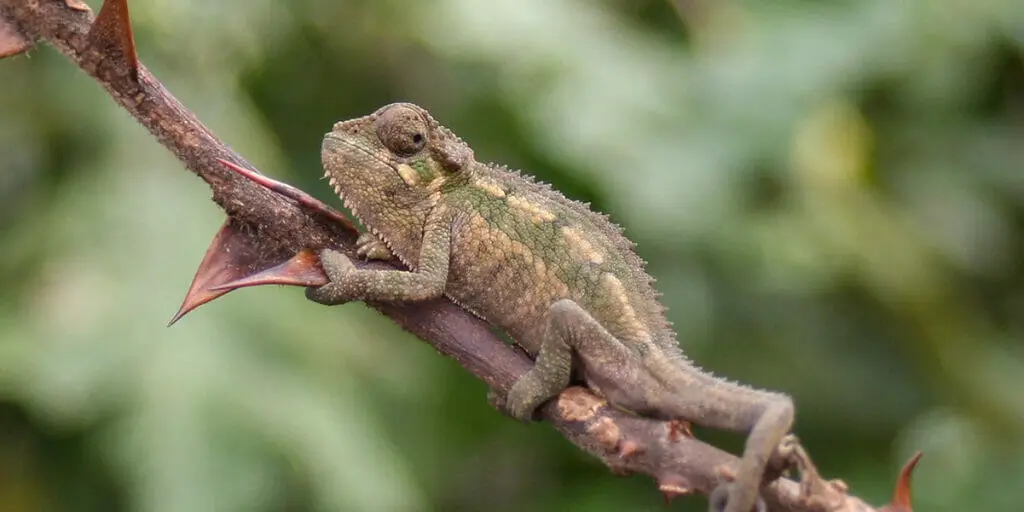
With the ability to avoid tricky predators by changing its mannerisms and daily routine, the Great Northern Bearded Chameleon has survived in the wild for decades. When cornered by predatory forces, these chameleons are able to defend itself by changing its color from dark to bright.
Jellyfish – Portuguese man o’ war
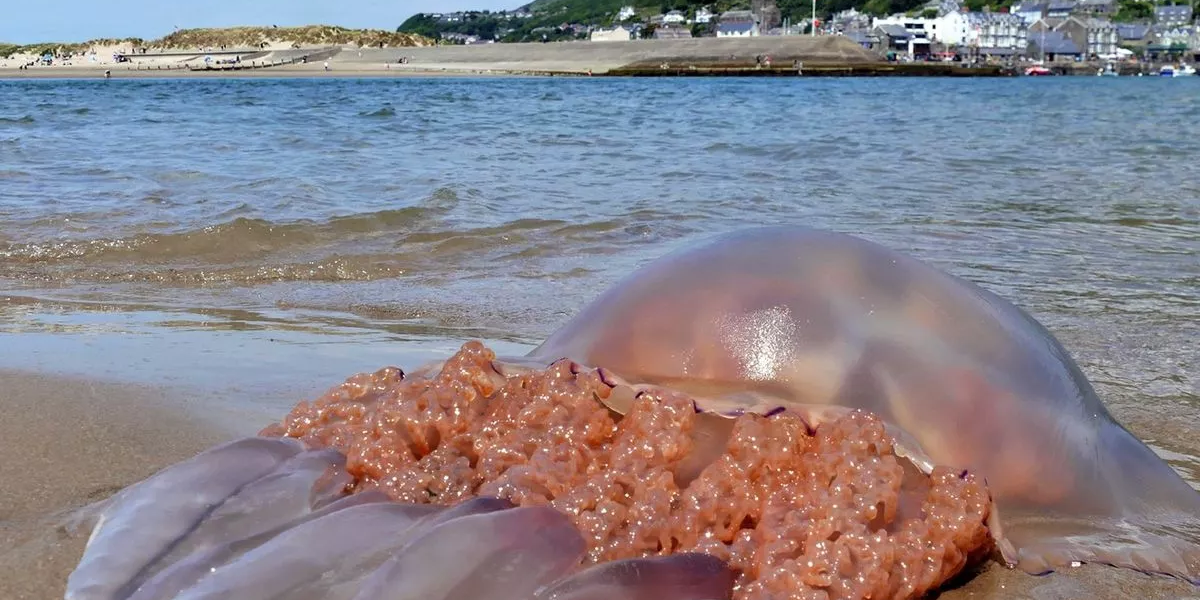
The Portuguese man o’ war ( Physalia physalis ), also known as the man-of-war, bluebottle, or blue bottle jellyfish, is one of the most venomous marine hydrozoans found in the Atlantic Ocean and the Indian Ocean. As one of the most venomous marine species in Ireland. In severe cases , stings of this deadly sea creature have led to death.
The Portuguese Man o’ War may look like a bloated jellyfish, but it’s actually a siphonophore —a bizarre group of animals that consist of colonies made up of dozens, hundreds, or even thousands of genetically-identical jellyfish.
Ireland has no ever-present dangerous jellyfish species. But when our seas warm up during summer and autumn, shoals of more exotic jellyfish are sometimes washed ashore after storms. This is when swimmers, surfers, and walkers have to watch their step on Irish beaches.
With tentacles as long as three meters, jellyfish deliver millions of nematocysts, a type of sting cell. These nematocysts not only sting humans but also pierce the skin and inject venoms. The venoms of most jellyfish species result in harmful reactions in humans.
These jellyfishes stand in the category of “Vulnerable animals” on the red list of IUCN.
Maltese Viper Bird

This bird is one of the most common dangerous animals in Ireland native to Ireland. It often flies to vast and far lands away before it returns to the original location and fights the animals that have invaded its habitat.
These birds are very ferocious, and you should avoid these areas. However, if the Maltese viper bird attacks you, then you should seek immediate medical attention because it is a carrier of a wide array of bacteria and viruses
The Maltese Viper Bird gained its name by flying abroad for most of the year, returning every so often to strike hard and fast at its enemies. Feasting on food gathered by birds across the country, the Maltese Viper Bird is perhaps the deadliest creature in Ireland.
Although wildlife authorities have done little or nothing to protect other species from its deadly claws. No stranger to other deadly animals, the Maltese Viper Bird has been known to join forces with the Tipperary Confusion Bug in the past, teaming up to maximize their food supply at the expense of every animal in the country.
Pine Marten
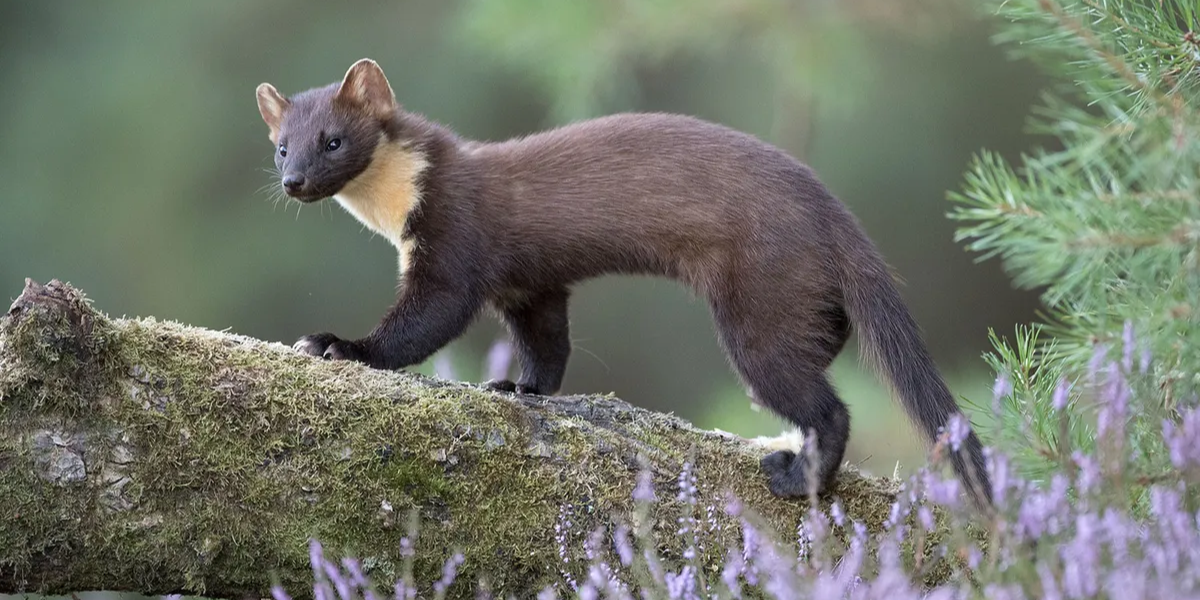
Pine Marten is one of the creatures that are common dangerous animals in Ireland. Even though some people may describe it as cute, it is not as it is indicated because it is a tree cat. It tends to be very shy and it is often located in the woodlands.
There was a time when the pine marten was widely distributed throughout all of Ireland. Today, this weasel-like animal can only be found in a few places near the Emerald Isle’s western coast. Biologists estimated that Ireland’s pine marten population is down to only 2,700 individuals.
Basking Sharks
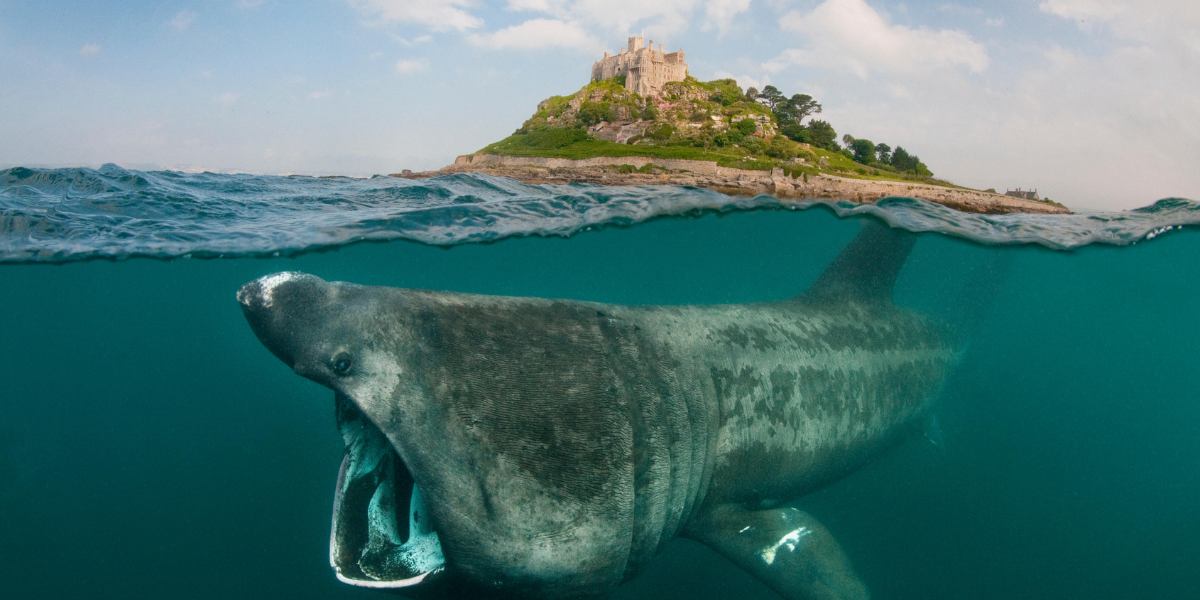
About thirty-five species of shark have been seen in Irish waters. But the most notable ones are the basking shark, which is the second largest shark in the world, the porbeagle shark, and the blue shark. Most of these species are harmless to humans.
Basking Sharks pay regular visits to Ireland’s Atlantic shores to feed on plankton (not humans). This creature is known to grow up to 7 meters long, and it uses filter-feeding techniques to consume its food. They are often seen on the Irish coast, and they are perfect for your photos and sight.
These Sharks are active all year round, but as the name suggests, love to bask in the sun and can be found in large numbers off the Irish coast every year in spring/early summer. With a long lifetime of 50 years,
Thornback Ray
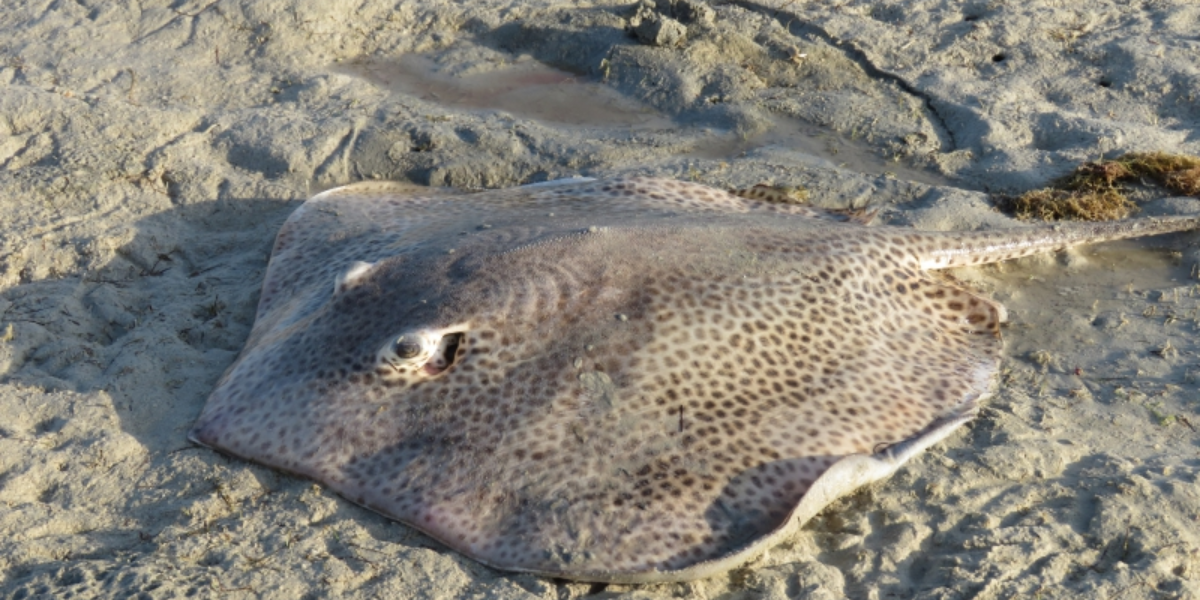
The thornback ray is a ray fish species that are found in sea beds and poses a significant threat to divers and snorkelers.
The thornback ray has a diamond shape with spines with which it delivers deadly attacks on prey and threats. The sharp spines of the thornback rays can pierce the skin of unsuspecting divers and snorkelers and, in extreme cases, pierce vital organs. This is one of the most iconic rays that you will find in the wildlife region.
Short-fin Mako Shark
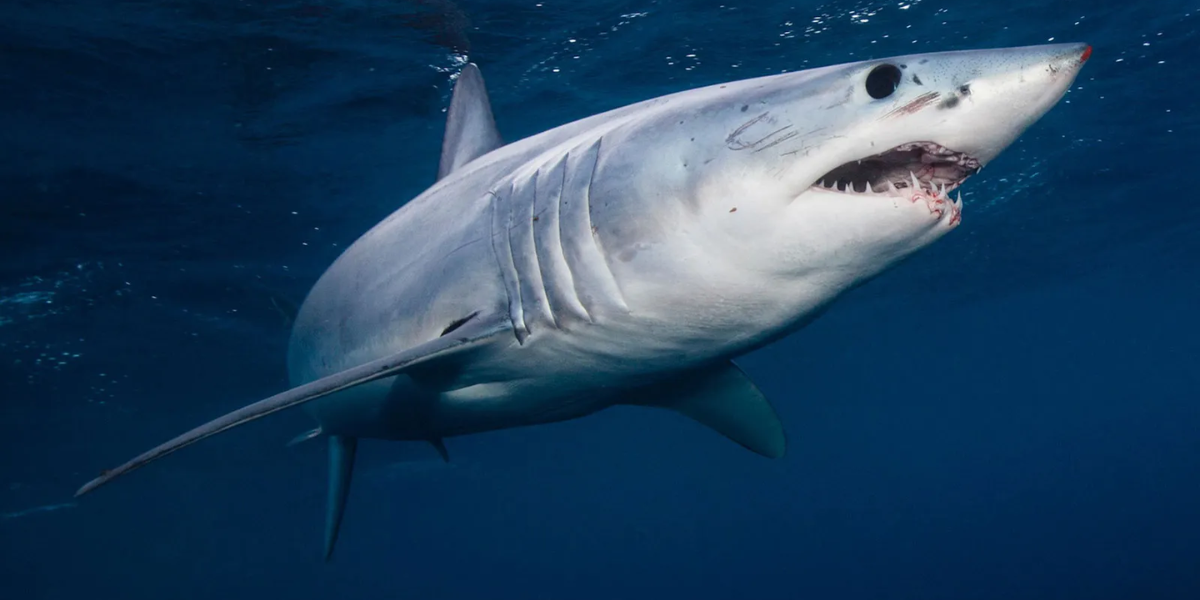
The shortfin Mako shark is the deadliest fish in the sea. Every part of these apex predators is finely tuned for hunting. They can swim faster, farther, and more relentlessly than any other shark in the ocean. Mako’s specialize in hunting other big game species. In short, they’re the oceans’ ultimate predators.
Tipperary Confusion Bug

Tipperary Confusion Bug Like many parasites, the life cycle of Tipperary Confusion Bug is a constant chain of ingestion and re-emergence. The bug, predominant in the Tipperary region although variants exist across the country, is ingested by ordinary people. Rather than be sickened by hosting this parasite, the person then feels a strange attachment to the germ feeding on them from the inside, even though the only one who gains anything is the TCB itself.
Irish Hare
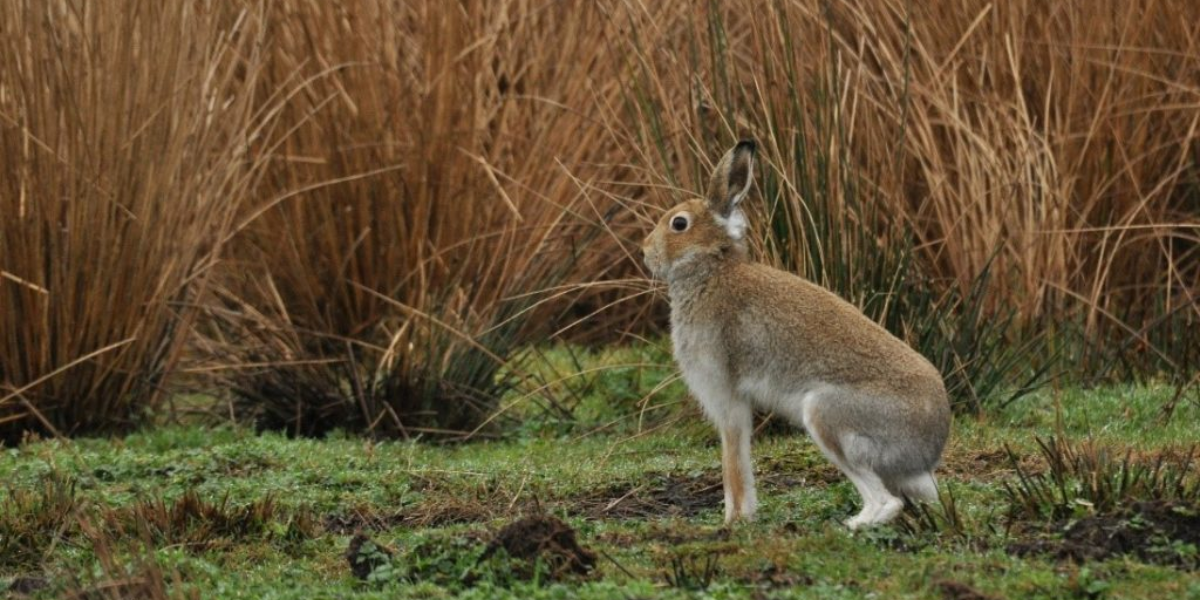
The Irish hare (Lepus timidus hibernicus) is a native lagomorph in Ireland, larger than rabbits and known for its variable russet brown coat. Female hares dominate males throughout the year and may be observed “boxing” during breeding season.
Unlike other mountain hares, the Irish hare rarely turns white in winter. Fortunately, these hares are listed as “Least Concern” interesting animal species by the IUCN red list. Presently, the total population of Irish hares is nearly 223,000.
Frequently Asked Questions
What was the most dangerous animal in Ireland?
Ireland’s most dangerous animals and plants are not actually that dangerous, but jellyfish, short fish, Mako shark, otters, and thornback ray are a few one should be aware of.
Does Ireland have any dangerous wild animals?
Ireland does not have any dangerous wild animals.
What predators are native to Ireland?
Native predators include the red fox and pine marten.
What is the most common wild animal in Ireland?
The most common wild animal in Ireland is the Irish hare.
Are there big cats in Ireland?
No evidence points to the presence of big cats in Ireland.
Is There Dangerous Wildlife In Ireland?
While Ireland lacks venomous snakes or large predators, it does have some wildlife that can pose risks, such as red deer, the conger eel, and occasionally exotic jellyfish species. The overall danger from wildlife is low, but caution is advised when encountering these creatures.
- What Should I Do If A Koala Bites Me? Safety Guide - 2024-05-30
- Are Kangaroos Born Without Hind Legs? A Fascinating Journey - 2024-05-30
- Animals That Look Like Squirrels - 2024-05-30





